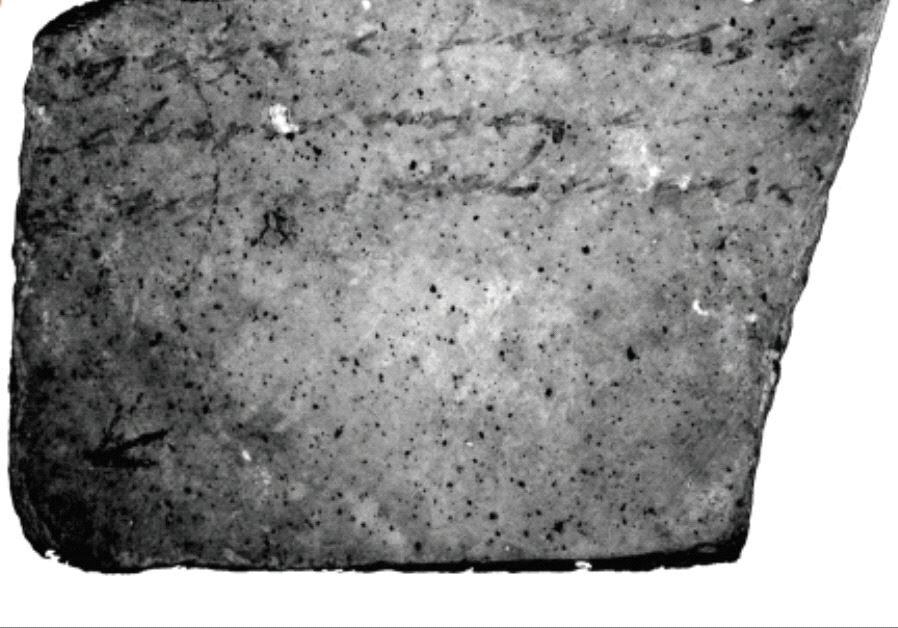Advanced imaging reveals rare Hebrew inscription from First Temple period
TAU researchers discover antiquity on back of pottery shard long on display at Israel Museum.
 THE DISCOVERY from Tel Arad that was uncovered by researchers from Tel Aviv University(photo credit: MICHAEL CORDONSKY)
THE DISCOVERY from Tel Arad that was uncovered by researchers from Tel Aviv University(photo credit: MICHAEL CORDONSKY)